Kia Ceed vs Renault Mégane – Which one offers the better deal?
Everyday use, family trips or long-distance drives – here’s where the differences show.
Discover whether Kia Ceed or Renault Mégane fits your lifestyle better.
Costs and Efficiency:
When it comes to price and running costs, the biggest differences usually appear. This is often where you see which car fits your budget better in the long run.
Kia Ceed has a significantly advantage in terms of price – it starts at 23500 £, while the Renault Mégane costs 35100 £. That’s a price difference of around 11580 £.
Engine and Performance:
Power, torque and acceleration say a lot about how a car feels on the road. This is where you see which model delivers more driving dynamics.
When it comes to engine power, the Renault Mégane has a noticeable edge – offering 218 HP compared to 140 HP. That’s roughly 78 HP more horsepower.
In acceleration from 0 to 100 km/h, the Renault Mégane is distinct quicker – completing the sprint in 7.40 s, while the Kia Ceed takes 9.50 s. That’s about 2.10 s faster.
In terms of top speed, the Kia Ceed performs somewhat better – reaching 197 km/h, while the Renault Mégane tops out at 160 km/h. The difference is around 37 km/h.
There’s also a difference in torque: Renault Mégane pulls a bit stronger with 300 Nm compared to 253 Nm. That’s about 47 Nm difference.
Space and Everyday Use:
Cabin size, boot volume and payload all play a role in everyday practicality. Here, comfort and flexibility make the difference.
Both vehicles offer seating for 5 people.
In curb weight, Kia Ceed is noticeable lighter – 1298 kg compared to 1719 kg. The difference is around 421 kg.
In terms of boot space, the Kia Ceed offers slight more room – 395 L compared to 389 L. That’s a difference of about 6 L.
In maximum load capacity, the Renault Mégane performs slight better – up to 1332 L, which is about 41 L more than the Kia Ceed.
When it comes to payload, Kia Ceed slight takes the win – 490 kg compared to 446 kg. That’s a difference of about 44 kg.
Who wins the race?
The Renault Mégane proves to be edges out slightly and therefore becomes our DriveDuel Champion!
Renault Mégane is the better all-rounder in this comparison.
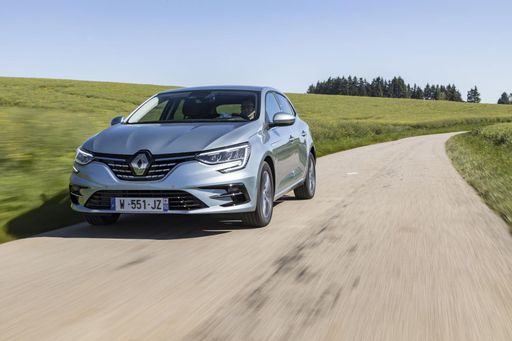 @ Renault Group Media
@ Renault Group Media
Renault Mégane
Kia Ceed
The Kia Ceed is a sensible, stylish hatchback that gives buyers more than they'd expect for the money, blending practical space with crisp, modern looks. It drives with measured confidence and comes loaded with user-friendly kit, so you can enjoy daily life behind the wheel without breaking into a sweat.
details @ Kia Corporation
@ Kia Corporation
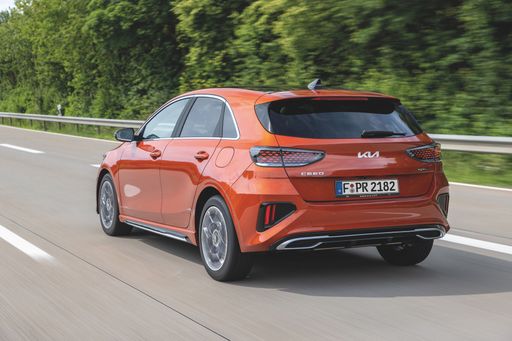 @ Kia Corporation
@ Kia Corporation
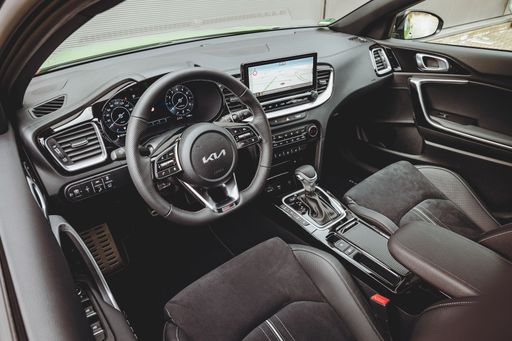 @ Kia Corporation
@ Kia Corporation
Renault Mégane
The Renault Mégane blends Gallic flair with practical everyday charm, showing that sensible transport can still have personality and poise. It’s a smart pick for buyers who want a comfortable, stylish hatchback that feels a little more special than the usual commute companion.
details @ Renault Group Media
@ Renault Group Media
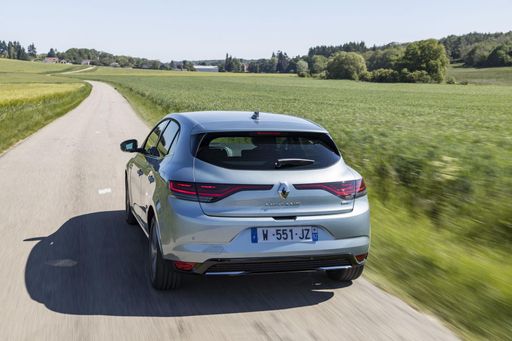 @ Renault Group Media
@ Renault Group Media
 @ Renault Group Media
@ Renault Group Media
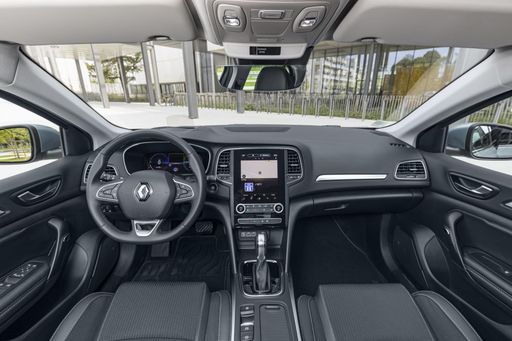 @ Renault Group Media
@ Renault Group Media
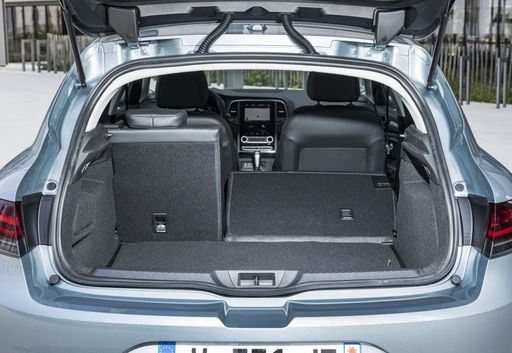 @ Renault Group Media
@ Renault Group Media
 @ Kia Corporation
@ Kia Corporation
|
 @ Renault Group Media
@ Renault Group Media
|
|
|
|
Costs and Consumption |
|
|---|---|
|
Price
23500 - 26300 £
|
Price
35100 - 38500 £
|
|
Consumption L/100km
6 - 6.4 L
|
Consumption L/100km
-
|
|
Consumption kWh/100km
-
|
Consumption kWh/100km
15.40 kWh
|
|
Electric Range
-
|
Electric Range
452 km
|
|
Battery Capacity
-
|
Battery Capacity
-
|
|
co2
137 - 146 g/km
|
co2
0 g/km
|
|
Fuel tank capacity
50 L
|
Fuel tank capacity
-
|
Dimensions and Body |
|
|---|---|
|
Body Type
Hatchback
|
Body Type
SUV
|
|
Seats
5
|
Seats
5
|
|
Doors
5
|
Doors
5
|
|
Curb weight
1298 - 1372 kg
|
Curb weight
1719 kg
|
|
Trunk capacity
357 - 395 L
|
Trunk capacity
389 L
|
|
Length
4315 mm
|
Length
4200 mm
|
|
Width
1800 mm
|
Width
1783 mm
|
|
Height
1447 mm
|
Height
1505 mm
|
|
Max trunk capacity
1253 - 1291 L
|
Max trunk capacity
1332 L
|
|
Payload
478 - 490 kg
|
Payload
446 kg
|
Engine and Performance |
|
|---|---|
|
Engine Type
Petrol, Petrol MHEV
|
Engine Type
Electric
|
|
Transmission
Manuel, Automatic
|
Transmission
Automatic
|
|
Transmission Detail
Manual Gearbox, Dual-Clutch Automatic
|
Transmission Detail
Reduction Gearbox
|
|
Drive Type
Front-Wheel Drive
|
Drive Type
Front-Wheel Drive
|
|
Power HP
100 - 140 HP
|
Power HP
218 HP
|
|
Acceleration 0-100km/h
9.5 - 13.2 s
|
Acceleration 0-100km/h
7.40 s
|
|
Max Speed
178 - 197 km/h
|
Max Speed
160 km/h
|
|
Torque
172 - 253 Nm
|
Torque
300 Nm
|
|
Number of Cylinders
3 - 4
|
Number of Cylinders
-
|
|
Power kW
74 - 103 kW
|
Power kW
160 kW
|
|
Engine capacity
998 - 1482 cm3
|
Engine capacity
-
|
General |
|
|---|---|
|
Model Year
2024
|
Model Year
2025
|
|
CO2 Efficiency Class
E
|
CO2 Efficiency Class
A
|
|
Brand
Kia
|
Brand
Renault
|
What drivetrain options does the Kia Ceed have?
The Kia Ceed is available as Front-Wheel Drive.
The prices and data displayed are estimates based on German list prices and may vary by country. This information is not legally binding.
